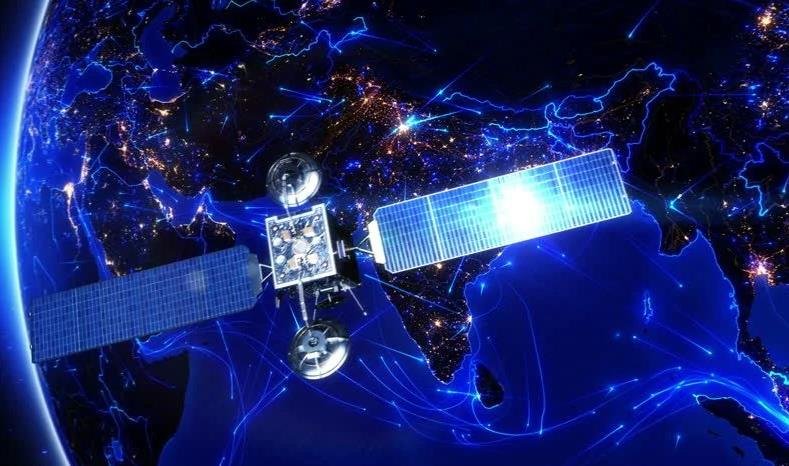Apple has introduced a new feature for its iPhone 14 models that allows users to send emergency messages to 911 and their contacts via satellite when they are out of cellular and Wi-Fi coverage. The feature, called Emergency SOS via satellite, is available in the US and Canada starting today, and will be expanded to other countries in the coming months.
Emergency SOS via satellite is designed to help users connect with emergency services under exceptional circumstances when no other means of communication are available. Users can access the feature by pressing and holding the side button and one of the volume buttons on their iPhone 14, iPhone 14 Plus, iPhone 14 Pro, or iPhone 14 Pro Max. A screen will appear with an option to text emergency services via satellite. Users can also go to the Messages app and text the local emergency number, then tap Emergency Services.

The feature uses a combination of custom-designed components and software to connect directly to a satellite network. Users need to be outside with a clear view of the sky and horizon to establish a satellite connection. The connection may take several minutes and may not work in certain areas with dense foliage or mountainous terrain.
When users text emergency services via satellite, they can answer a series of questions to describe their situation and location using simple taps. They can also choose to share their Medical ID and notify their emergency contacts. The messages are sent to public safety answering points (PSAPs) that can receive text messages, or to relay centers with Apple-trained specialists who can contact PSAPs on the user’s behalf.
Why Emergency SOS via satellite is important
Emergency SOS via satellite is a groundbreaking safety service that can potentially save lives and provide peace of mind to iPhone 14 users who travel to remote areas or face natural disasters. The feature builds on existing features such as Emergency SOS, Medical ID, emergency contacts, and Find My location sharing, offering a more comprehensive approach to sharing critical information with emergency services, family, and friends.
Apple’s senior vice president of Worldwide Marketing, Greg Joswiak, said in a press release that the feature is an indispensable tool that can get users the help they need while they are off the grid. He also praised the efforts of Apple’s teams to tackle the technical challenges and build a reliable infrastructure to bring the service to life.
Emergency SOS via satellite is free for two years after the activation of an iPhone 14 model. After that, users will need to pay a monthly fee to use the service. The feature is compatible with iOS 16.4 or later and requires a valid Apple ID and iCloud account.
How to prepare for using Emergency SOS via satellite
Before going somewhere with no cellular and Wi-Fi coverage, users are advised to do the following:
- Try the Emergency SOS via satellite demo to learn how the feature works.
- Set up their Medical ID and add emergency contacts in the Health app.
- Download offline maps and directions in the Maps app.
- Enable Find My location sharing and share their location with trusted contacts via satellite.
- Check the battery level of their iPhone and bring a portable charger if possible.
Users should also be aware of the limitations and risks of using Emergency SOS via satellite, such as:
- The feature is not a replacement for a satellite phone and does not support voice calls or regular text messages via satellite.
- The feature may not work in all countries, regions, or situations, and may be subject to legal or regulatory restrictions.
- The feature may not be able to provide accurate location information or may provide outdated information.
- The feature may not be able to connect to a satellite or may lose connection due to environmental factors, interference, or network congestion.
- The feature may incur additional charges from the satellite network provider or the emergency services provider.
